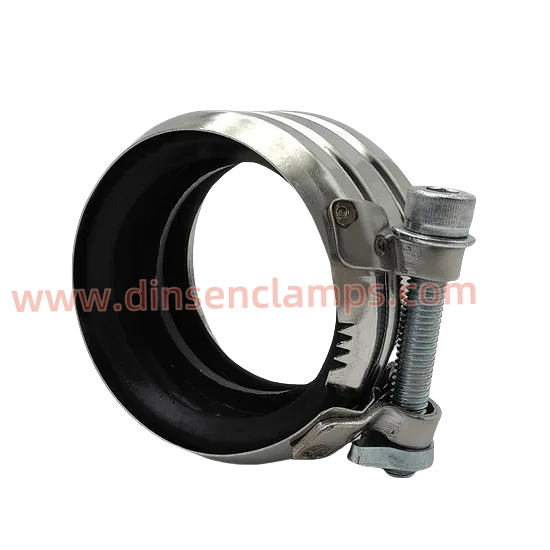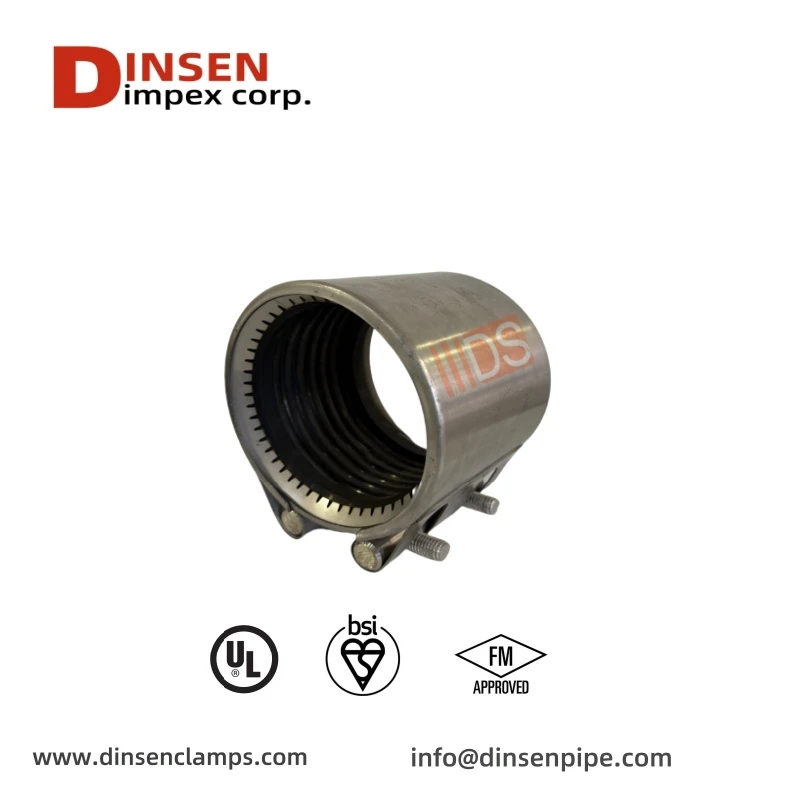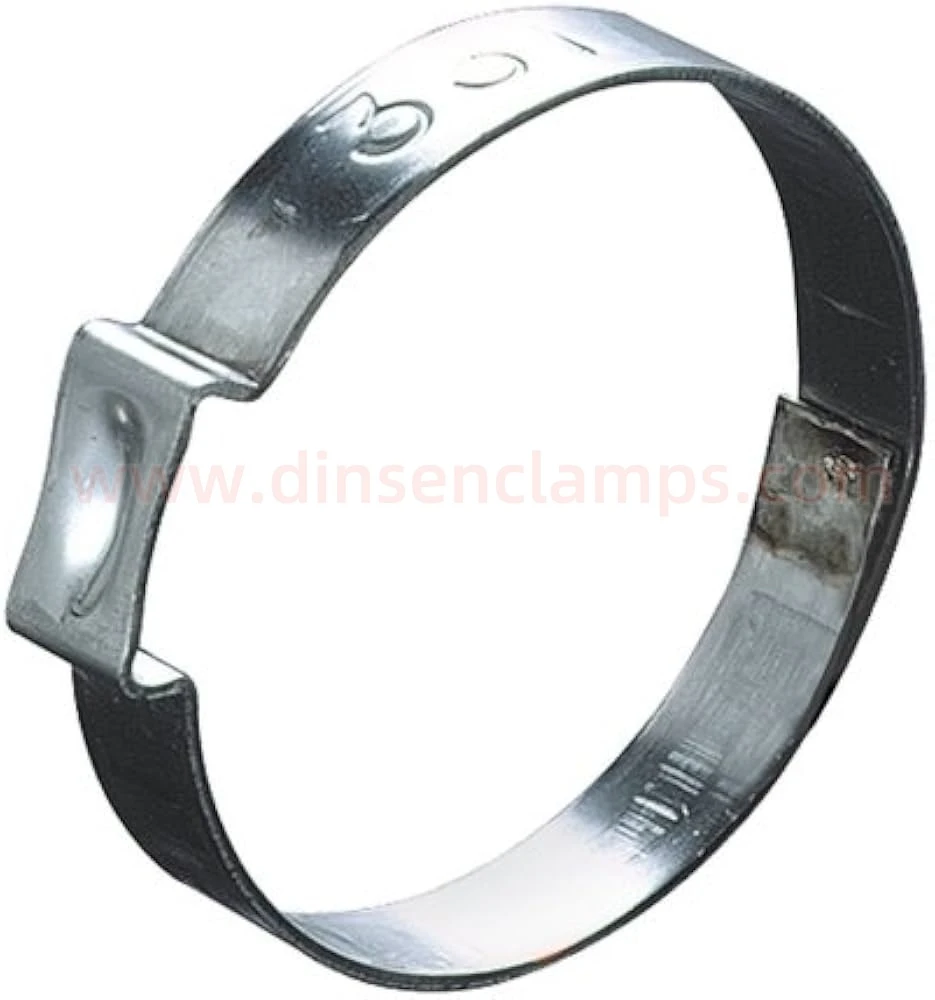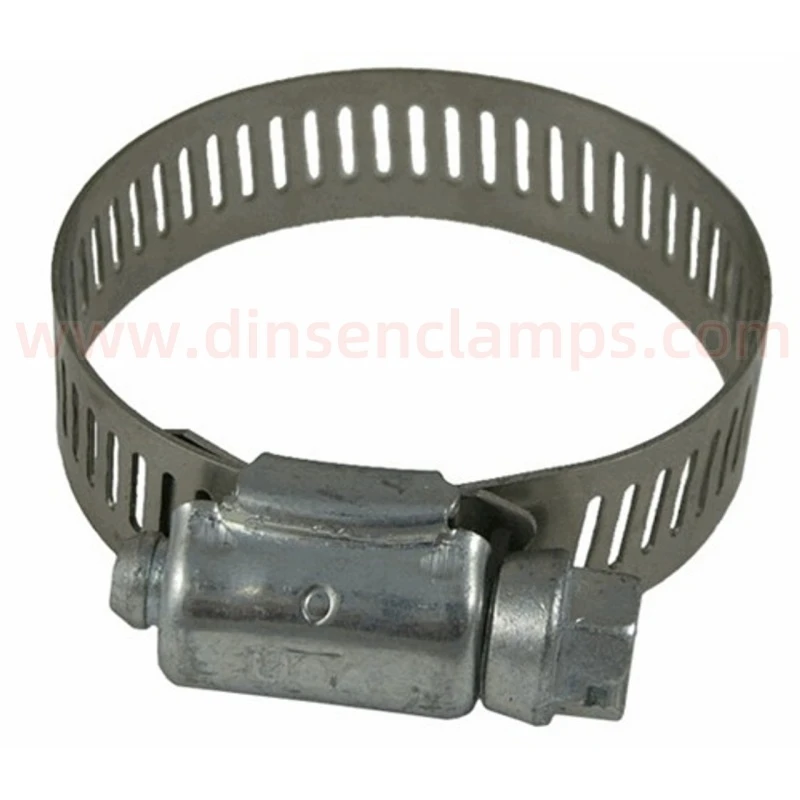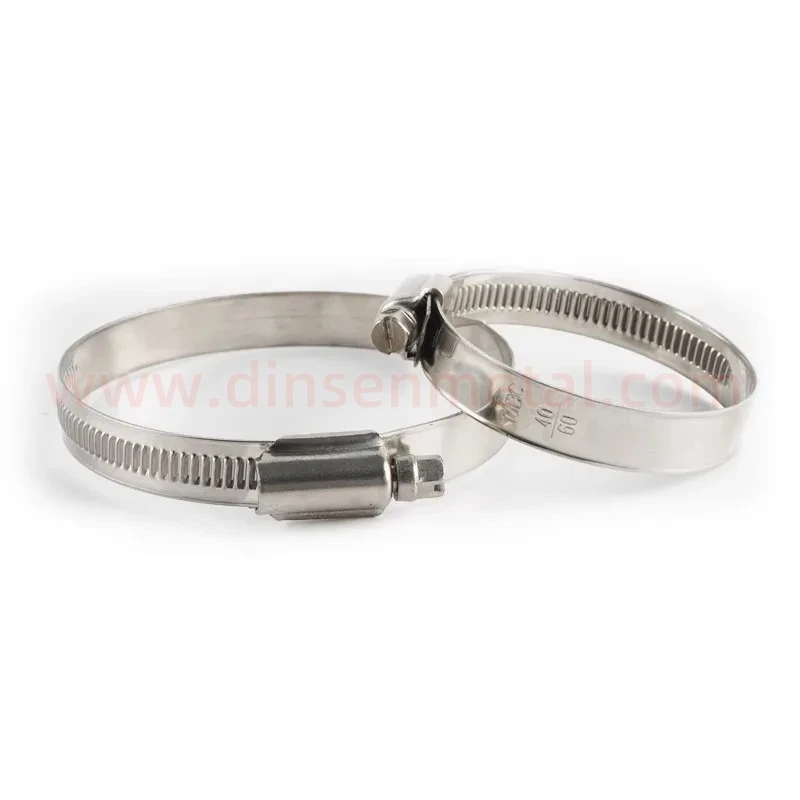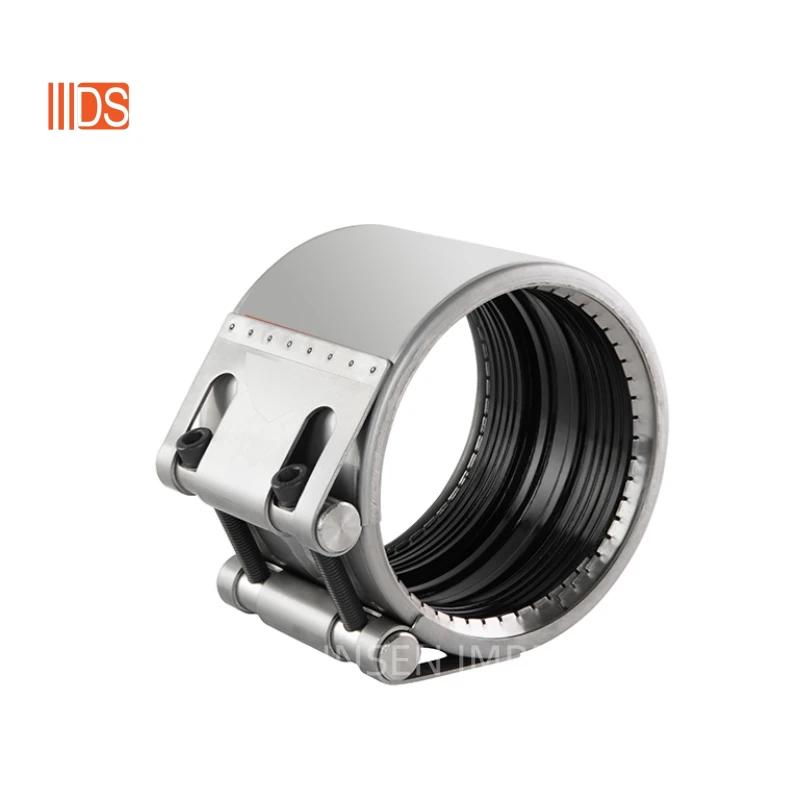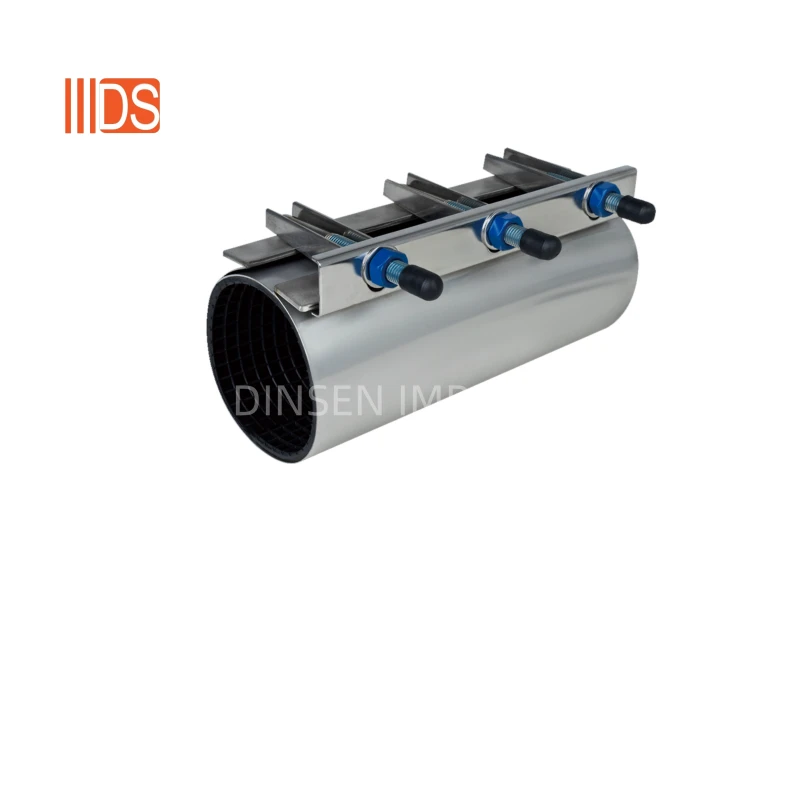Metal Processing, Taking Clamp as an Example
DINSEN Metal is committed to the field of metal processing and stainless steel products. It is proficient in various metal processing processes and has achieved remarkable results in the research and development and production of stainless steel fixing products, clamps, joints, coupling, pipes و fittings إلخ. It brings high-quality and diversified metal products to the market and has established a good reputation in the industry with its high-quality product quality and exquisite craftsmanship. No-hub couplings are engineered to connect No-hub cast iron pipe and fittings,cast iron pipe and plastic pipes or bronze pipes. The couplings consist of a high quality elastomeric compound gasket housed inside a stainless steel corrugated shield. Learn about DINSEN metal processing, taking clamp as an example.
- Raw Material
Raw material selection: Common materials are stainless steel (such as 304, 316), carbon steel (Q235) or galvanized steel strip, which can be selected according to corrosion resistance, strength and cost requirements.
Steel strip slitting: The large steel strip is cut into the required width (such as 10mm, 12mm) by a slitting machine to ensure dimensional accuracy and edge flatness.
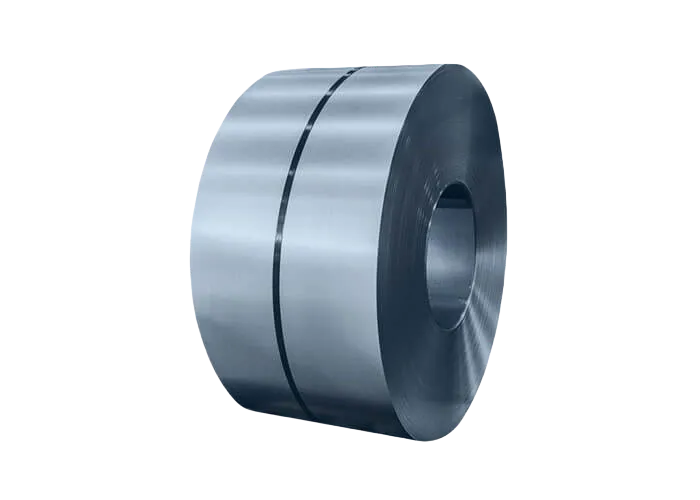
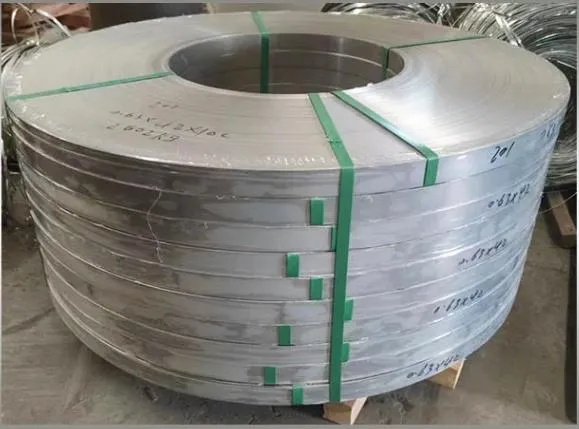
- Stamping
Stamping die design: Design the die according to the type of throat clamp (such as worm type, bolt type) to punch out the throat clamp body (steel belt), locking ear, threaded hole and other structures.
Steel belt stamping: Use a punch press and a continuous die to stamp the steel belt into a ring belt with tooth patterns (to enhance friction) and process the locking mechanism (such as worm gear grooves or bolt holes).

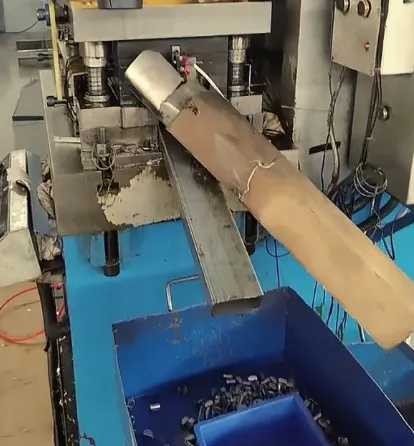
. Welding
Spot welding/laser welding: The locking mechanism (such as worm seat, bolt base) is welded and fixed to the steel strip to ensure the strength and burr-free of the weld.
Automated welding: High-precision throat clamps are welded by robot laser to improve efficiency and consistency.
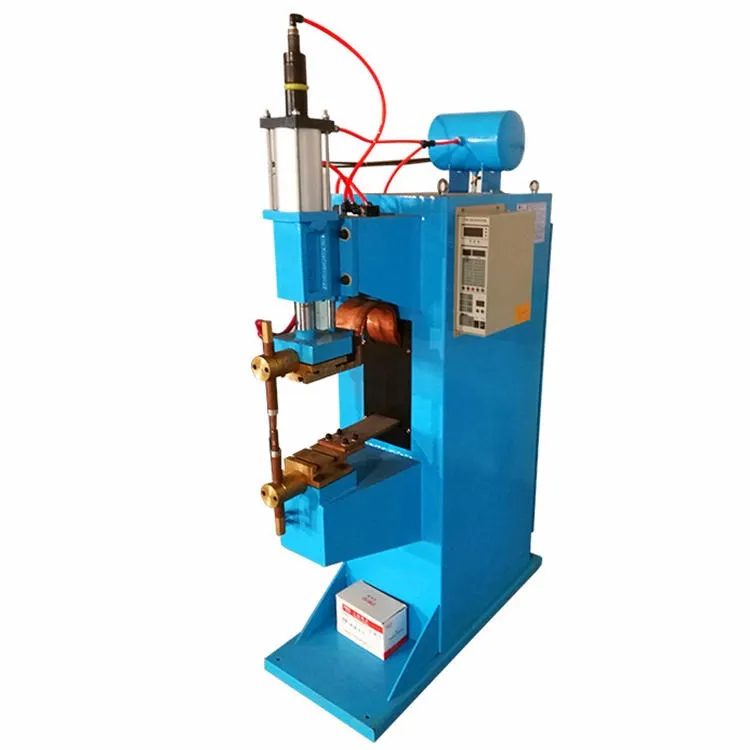
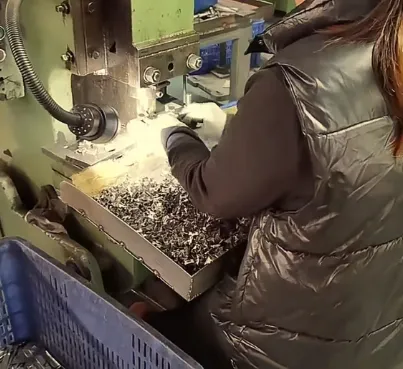
. Surface Treatment
Electroplating/Spraying: Carbon steel materials need to be treated to prevent rust, such as zinc plating (white zinc, colored zinc), nickel plating or epoxy resin spraying.
Passivation Treatment: Stainless steel hose clamps are passivated by pickling to enhance corrosion resistance.
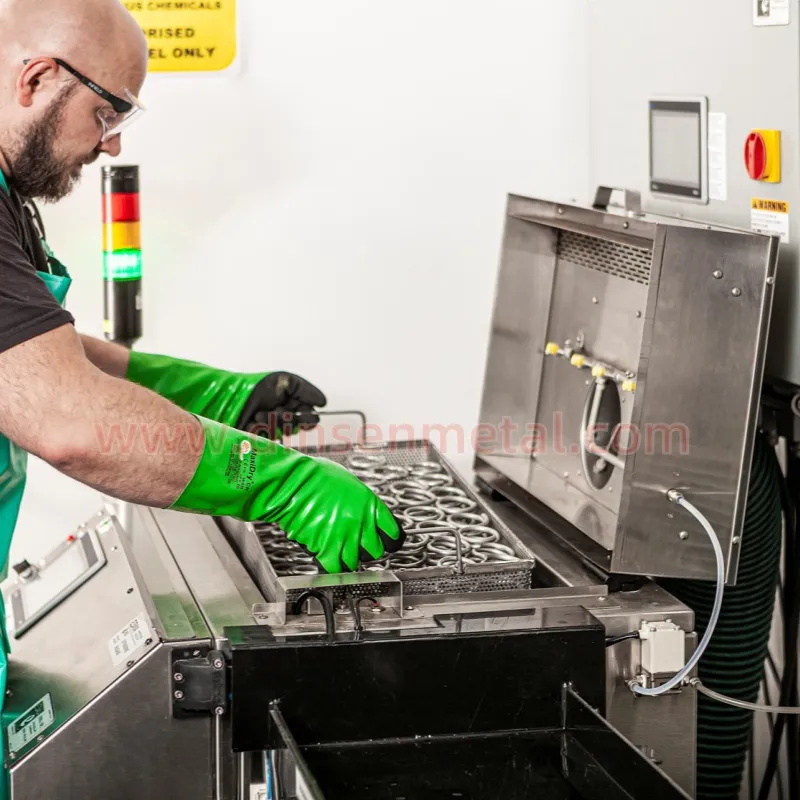
- Assembly and Locking
No- hubing Clamp: install the worm gear assembly, fix the worm seat by riveting or welding to ensure smooth rotation.
Bolt-type Hose Clamp: drill and tap holes at both ends of the steel belt, install bolts and nuts, and calibrate the thread matching accuracy.
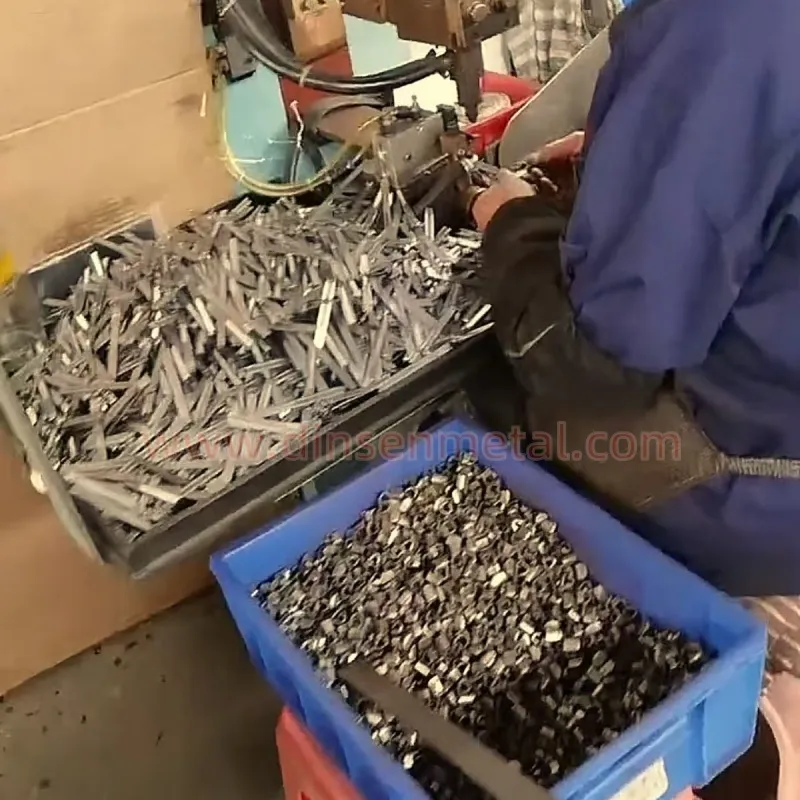
-
Quality Inspection
Dimension detection: Use calipers and projectors to measure the inner diameter of the throat clamp, the thickness of the steel belt, and the position of the locking mechanism.
Strength test: Use a tensile testing machine to test the clamping force of the throat clamp (such as tensile strength≥500MPa) and the durability of the locking mechanism.
Corrosion resistance test: Salt spray test (such as 48-96 hours) to verify the coating or passivation effect.
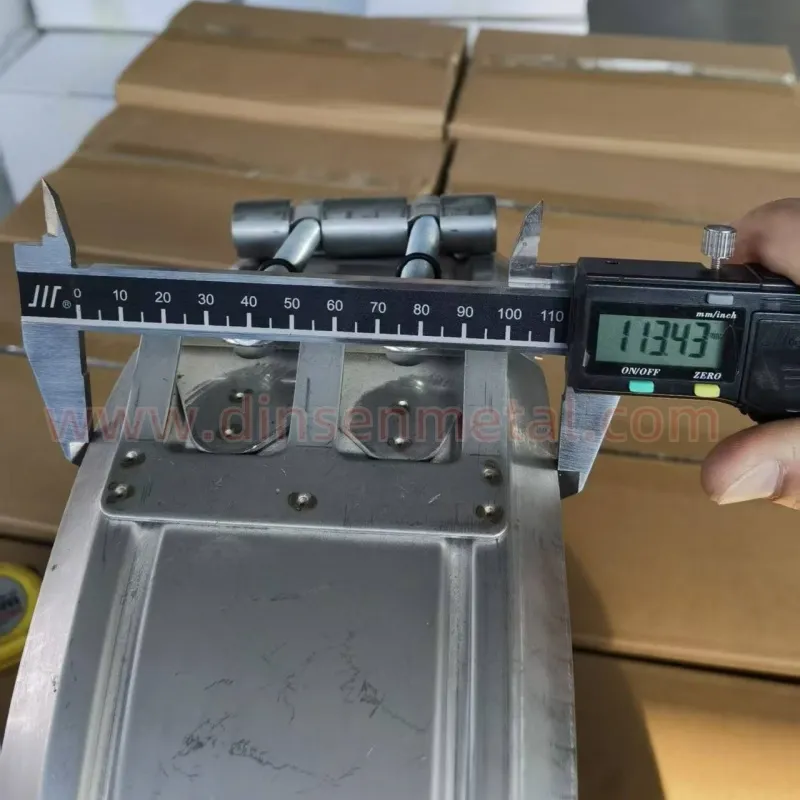
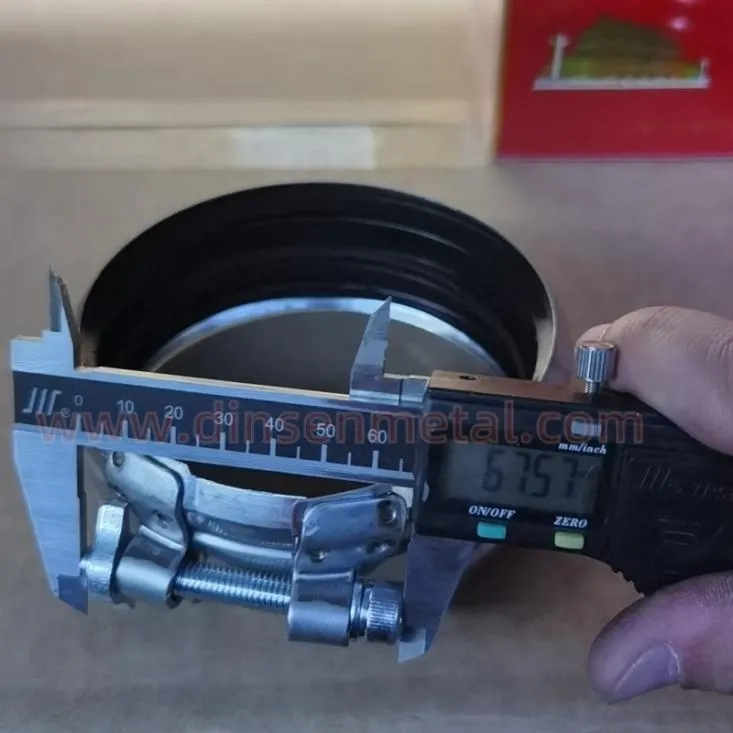
- If you want more information, please contact me.
-
Casting ExpoأخبارMay.22,2025
-
Features and Applications of Lightweight CouplingأخبارMay.20,2025
-
Grip E Clamp for ConstructionأخبارMay.15,2025
-
Main Application Range of DINSEN Pipe CouplingأخبارApr.30,2025
-
How to Choose the Right Pipe Couplings?أخبارApr.28,2025
-
لماذا تقوم شركة DINSEN بإرسال منتجات قبضة مختلفة لنفس الطلب؟أخبار2 أبريل 2025
-
مشابك طوق قبضة DINSEN تحظى بالثناء من سويسراأخبار28 مارس 2025

